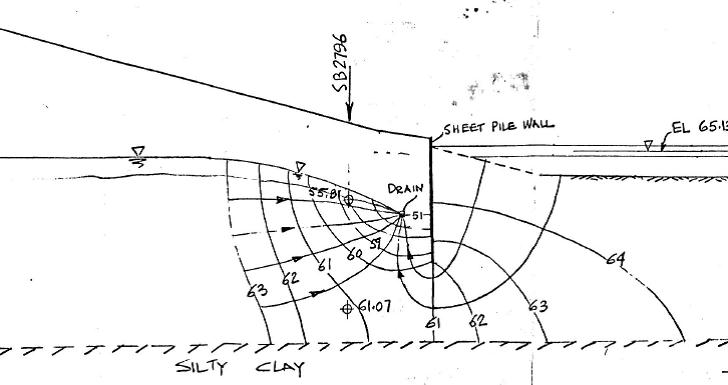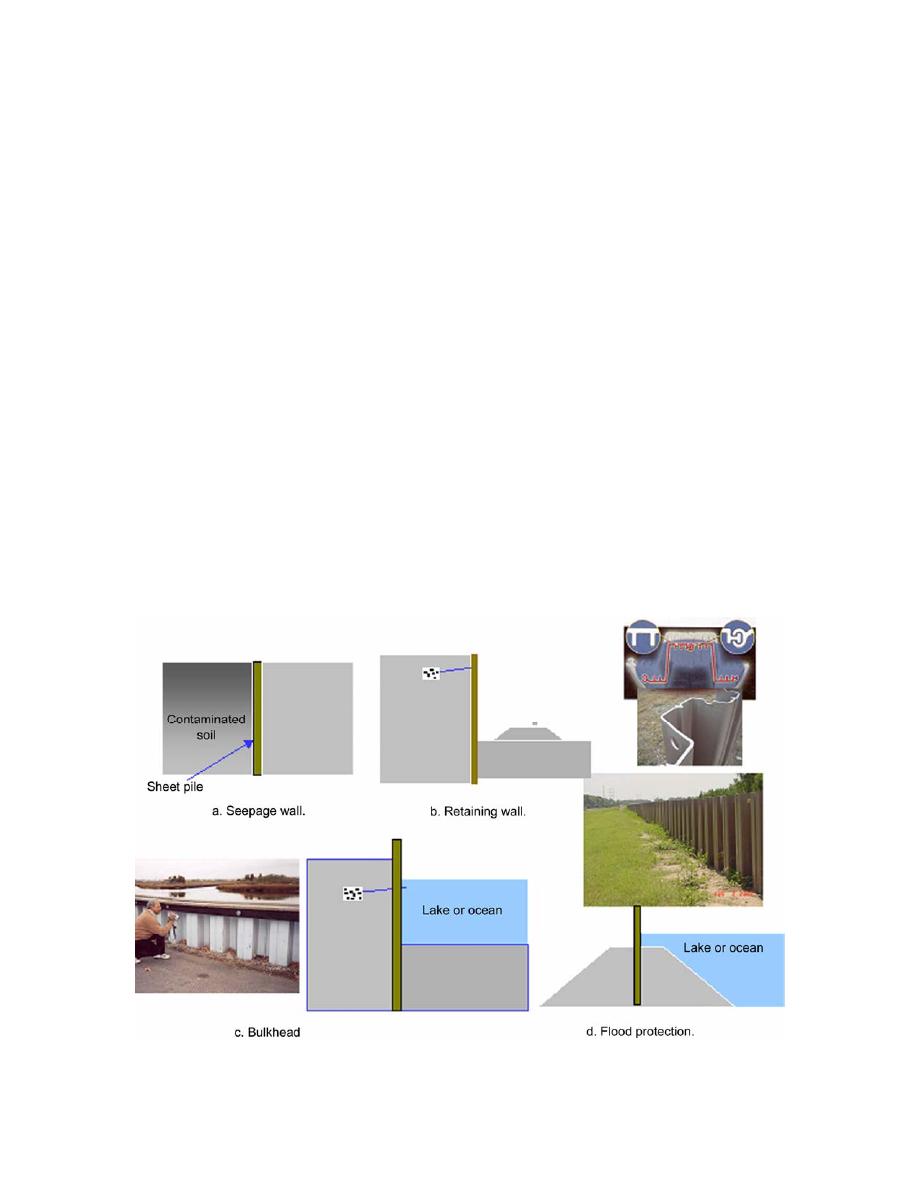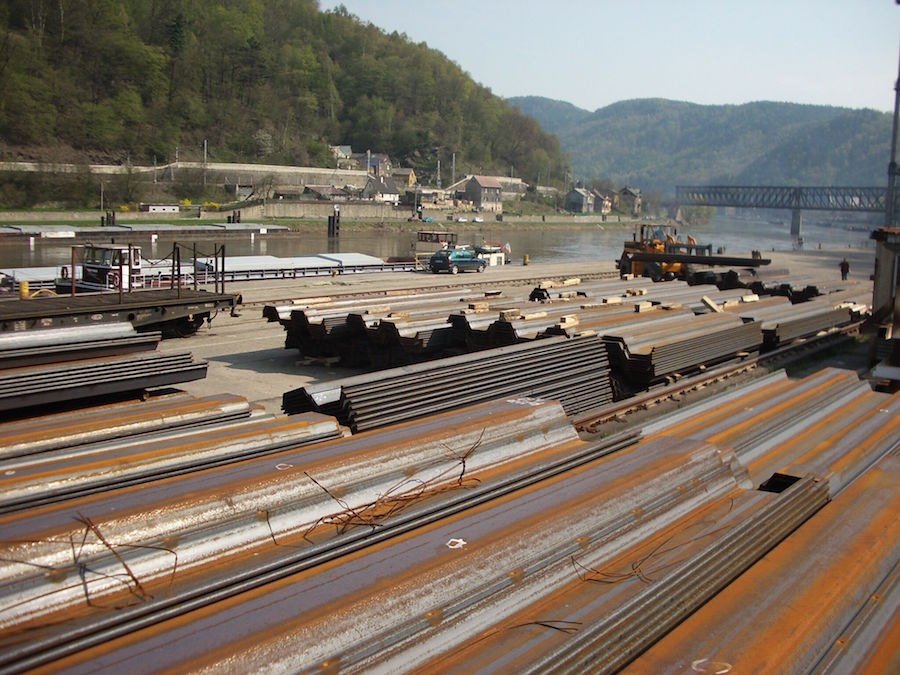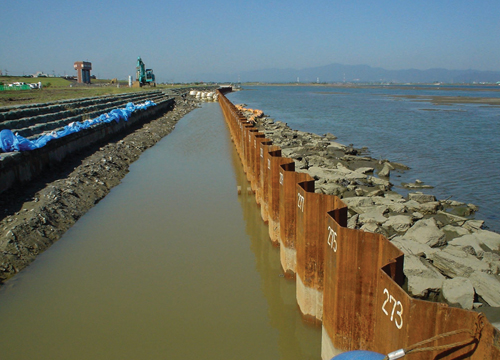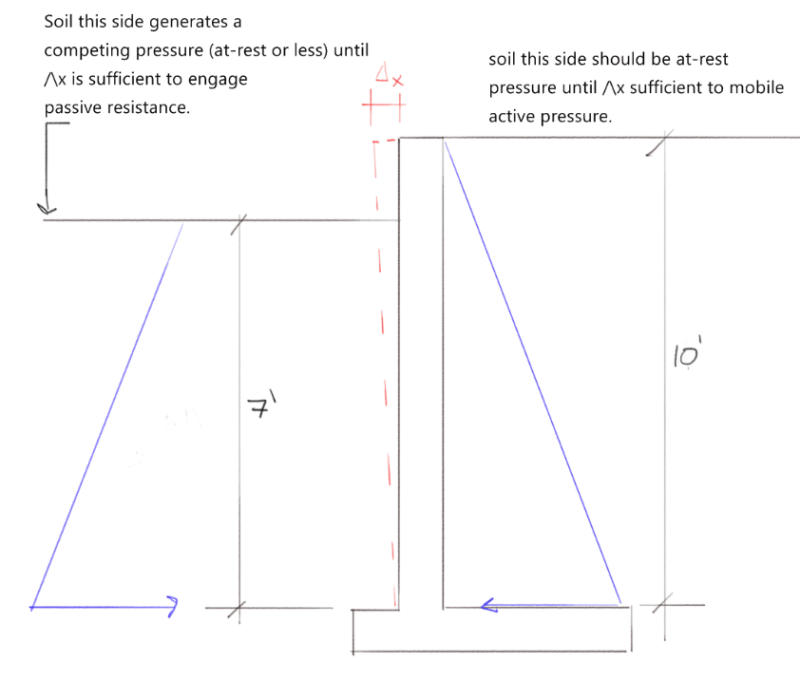Sheet pile walls are widely used for both large and small waterfront structures ranging from small pleasure boat launching facilities to large dock structures where ocean going ships can take on or unload cargo.
Buried sheet pile wall.
Please note this value is applied only for passive pressure.
Use factor of safety 1 5 for.
Steel piles can be driven into the foundation without extensive excavation.
Sheet pile wall types construction methods advantages and disadvantages are described in this article.
17012 03 november 30 2018.
Sheet piles are one of the most common types of earth retention structures.
Superwale sheet pile retaining wall.
A sheet pile wall is required to support a 12 excavation.
Sheet pile walls are fairly easy to install and do not require any previous excavation.
The soil is uniform as shown in the figure.
Walls driven and then backfilled with dredged or trucked in fill soil are subject to a higher rate of.
Chapter 8 walls and buried structures 8 1 retaining walls 8 1 1 general a retaining wall is a structure built to provide lateral support for a mass of earth or other material where a grade separation is required.
Cantilever sheet piles are used where the height of the soil or water to be retained is smaller than 4 5 m.
Interlocking sheet piles typically made of steel are simply inserted into the ground one.
Steel sheet piling is the most widely used bulkhead material.
Buried sheet pile wall hollering place project no.
Superwale eliminates the need for timber steel or concrete wale sections.
Some piling walls are driven into pre existing soil.
To take into account the friction between the wall and the soil we use friction angle δ φ 2.
The most common materials for seawalls and bulkheads are steel concrete and timber.
In these locales corrosion is insignificant.
The pultruded frp wale section was specifically designed to replace wood steel and concrete for applications where the environmental considerations require a high strength frp wale section that will not rot rust spall or succumb to marine borers.
Retaining walls depend either on their own weight their own weight plus the additional weight of laterally supported material or on.
